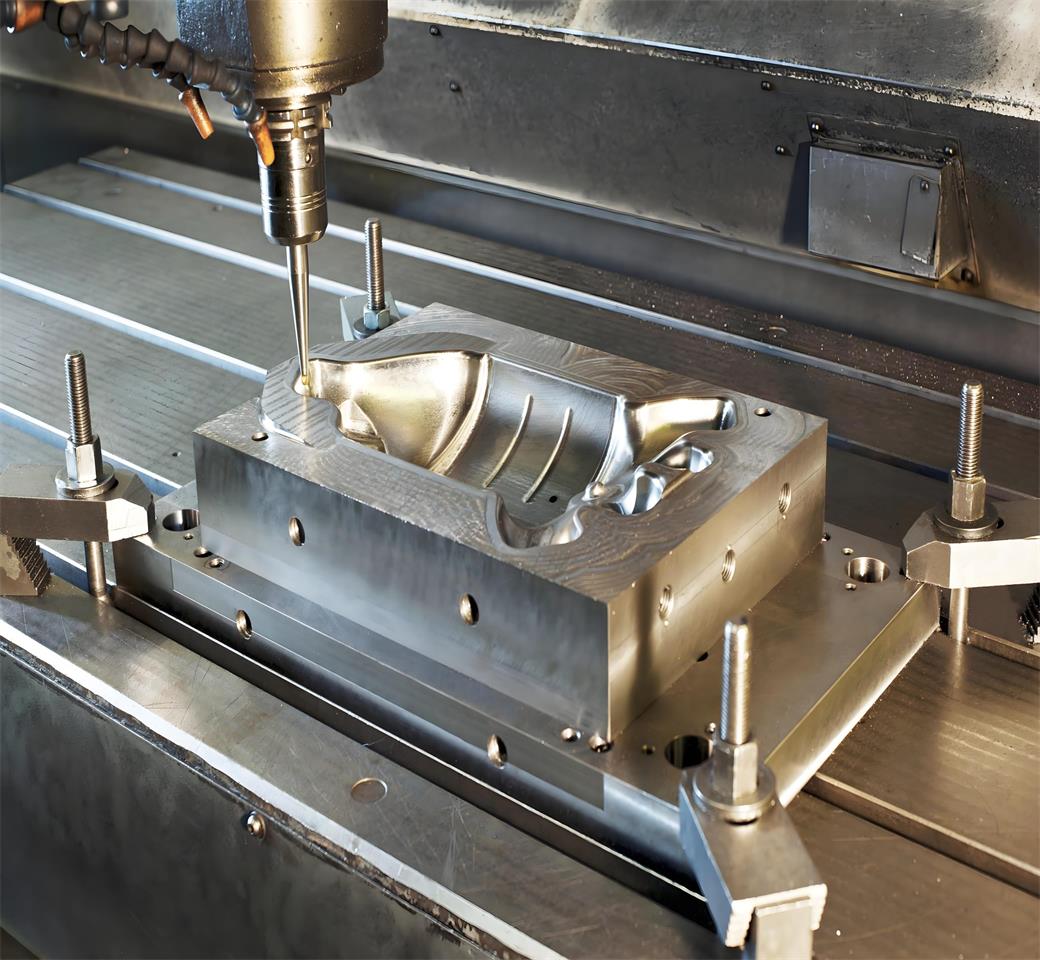- Home
- Capability
- Products
- About Us
- Service Industry
- Service Cases
- Video
- Contact Us
-
Language

2024-05-28 17:14:08
Thick sheet vacuum forming and injection molding are both plastic manufacturing processes, but they differ in several key aspects:

1. Process:
- Thick Sheet Vacuum Forming: In this process, a thick sheet of plastic material is heated until it becomes pliable, then it is stretched over a mold and vacuumed tightly against the mold surface to form the desired shape.

- Injection Molding: This process involves injecting molten plastic material into a mold cavity under high pressure. The plastic material then cools and solidifies, taking the shape of the mold cavity.

2. Material Thickness:
- Thick Sheet Vacuum Forming: Typically used for forming plastic sheets with a thickness ranging from 1mm to 16mm
- Injection Molding: Suitable for producing parts with a wide range of thicknesses, from thin-walled components to thick and complex parts.
3. Complexity and Detail:
- Thick Sheet Vacuum Forming: Ideal for producing parts with simple to moderate geometries and fewer intricate details.
- Injection Molding: Capable of producing highly detailed and complex parts with precise dimensions and intricate features.
4. Tooling Cost:
- Thick Sheet Vacuum Forming: Generally lower tooling costs compared to injection molding,the cost is about 1/10 of the injection molding.The development cost is low and speed is fast. .The mold can always be used if properly maintained
- Injection Molding: Higher initial tooling costs due to the need for precise and durable molds, especially for complex parts.But the steel mould can be used 10,000-100,000times,after that,you have to make mold again.the tooling time need 12-16weeks,production time 4 weeks .The development time is long and speed is slow.
5. Production Volume:
- Thick Sheet Vacuum Forming: Suitable for low to medium production volumes, the products update fast, the products are using for testing the market,also the products are thick and big.
- Injection Molding: More cost-effective for high-volume production runs due to faster cycle times and lower per-unit costs.This is more suitable for big quantity and regular products.
6. Surface Finish:
- Thick Sheet Vacuum Forming: Surface finish may have some choices ,different color,different texture,painting,silk printing and so on
- Injection Molding: Offers smoother and more uniform surface finishes, suitable for parts requiring a high-quality appearance.
In summary, thick sheet vacuum forming and injection molding offer different advantages and are chosen based on factors such as part complexity, production volume, material thickness, and cost considerations.

Development time and first production time 4-6weeks
Tooling cost is about 90% cheaper than injection molding
More effective for small and medium qty order(250-5000 estimated annual usage)
Suitable for the products update fast, the products are using for testing the market,also the products are thick and big.
Can produce the the same level of part detail as injection molding

Development time and first production time 24 weeks or more,due to the construction
Tooling cost is much higher than plastic thermoforming
Cost will be cheaper for large qty order
Suitable for the big qty and regular products which always in use Large investment
Can controll thickness and two sided part geometry